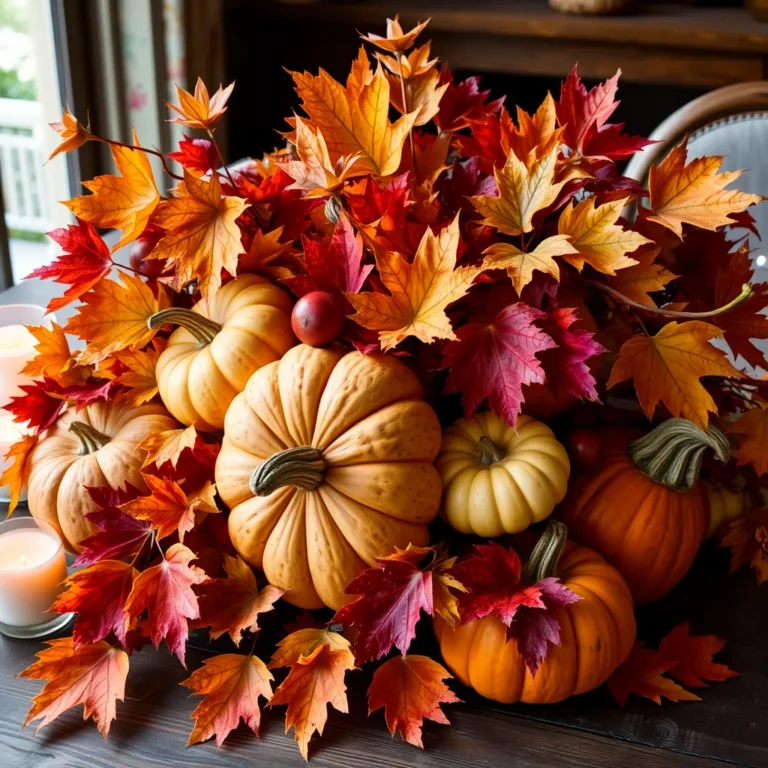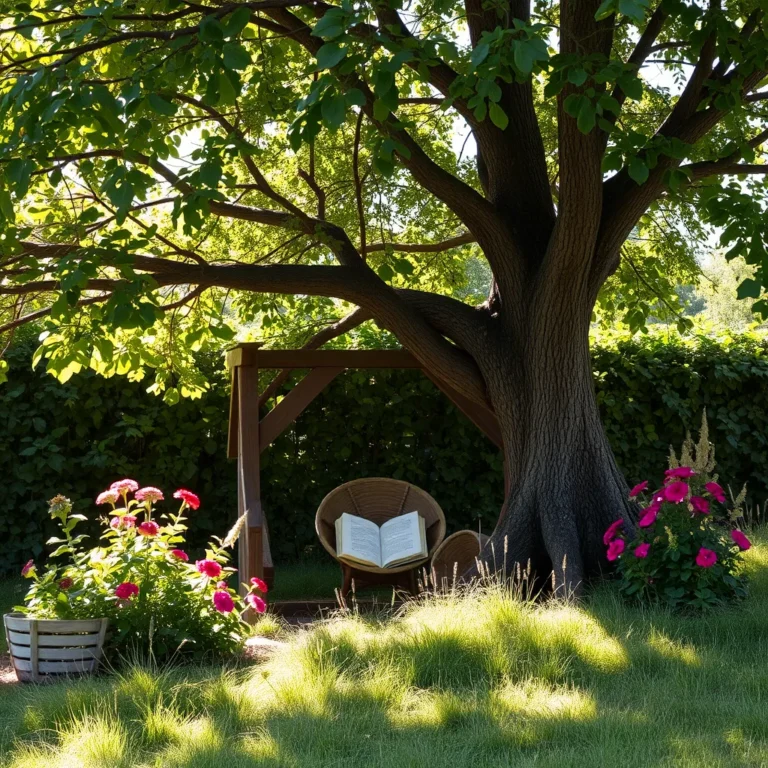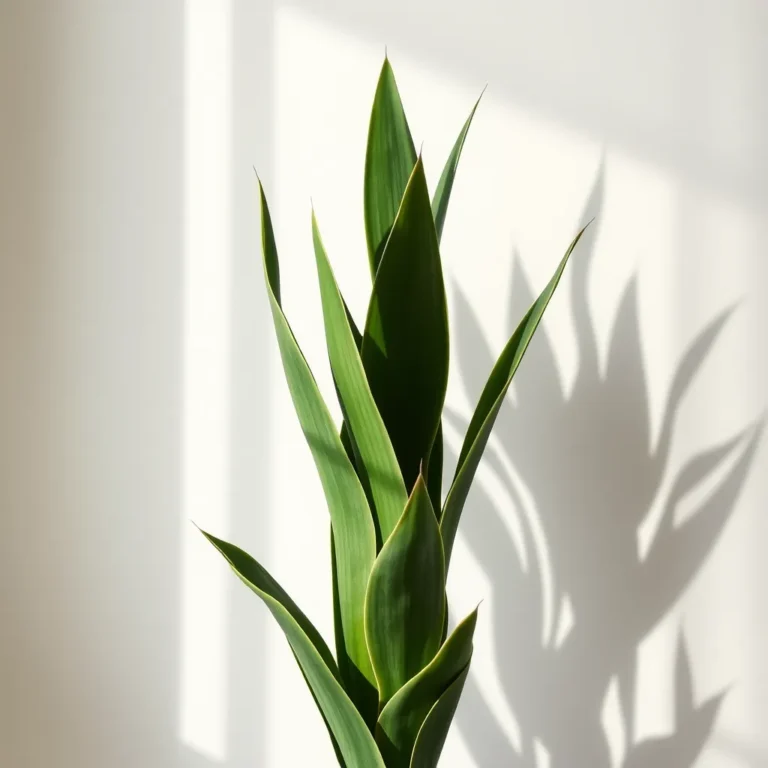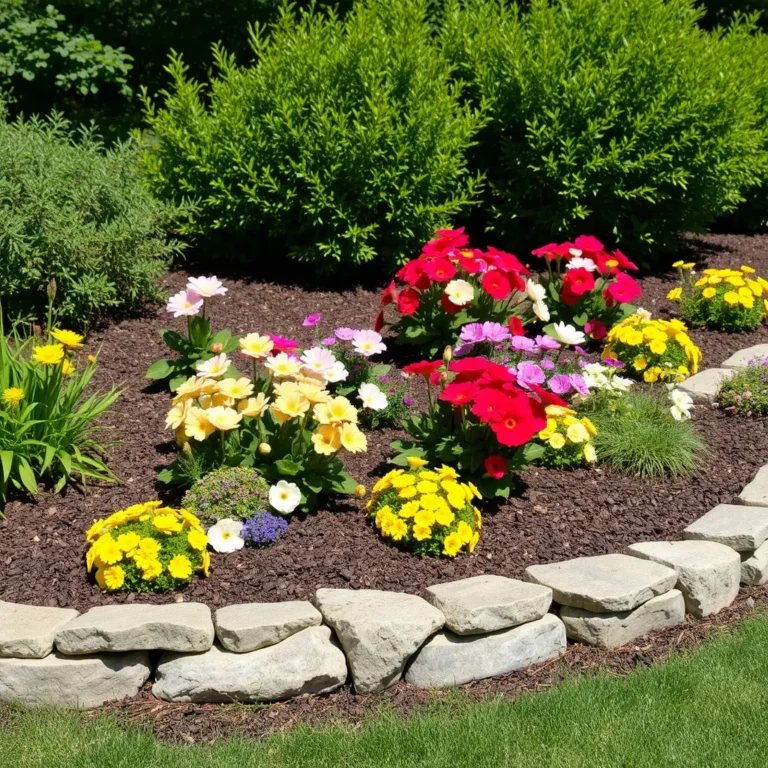7 Essential Tools Every DIY Gardener Needs Now
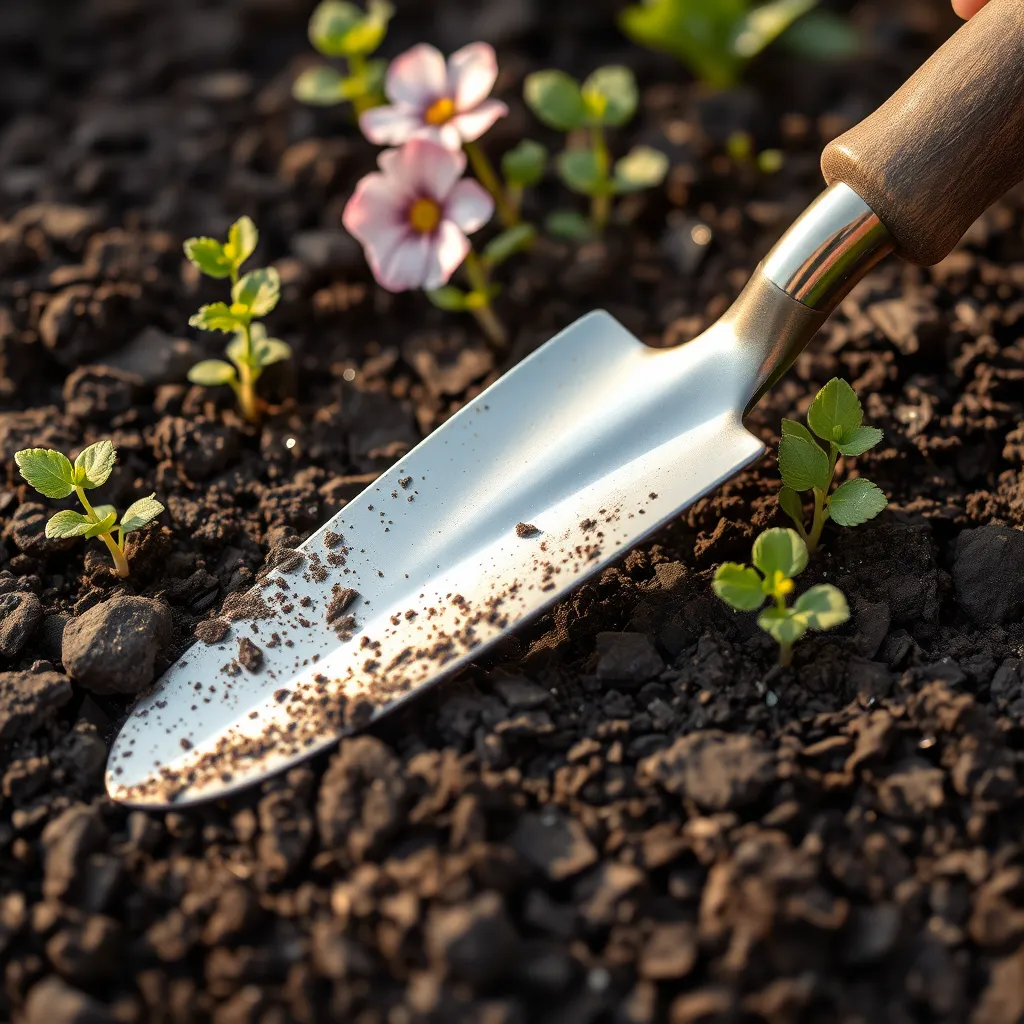
Are you ready to dive into the wonderful world of gardening? You’ll need the right tools to make your garden thrive. In this guide, I’ll share the seven essential tools every DIY gardener needs now. From hand trowels to pruning shears, these items will boost your planting and maintenance skills. Let’s equip you with the knowledge to grow a beautiful garden!
Hand Trowel: A Must-Have for Digging and Planting
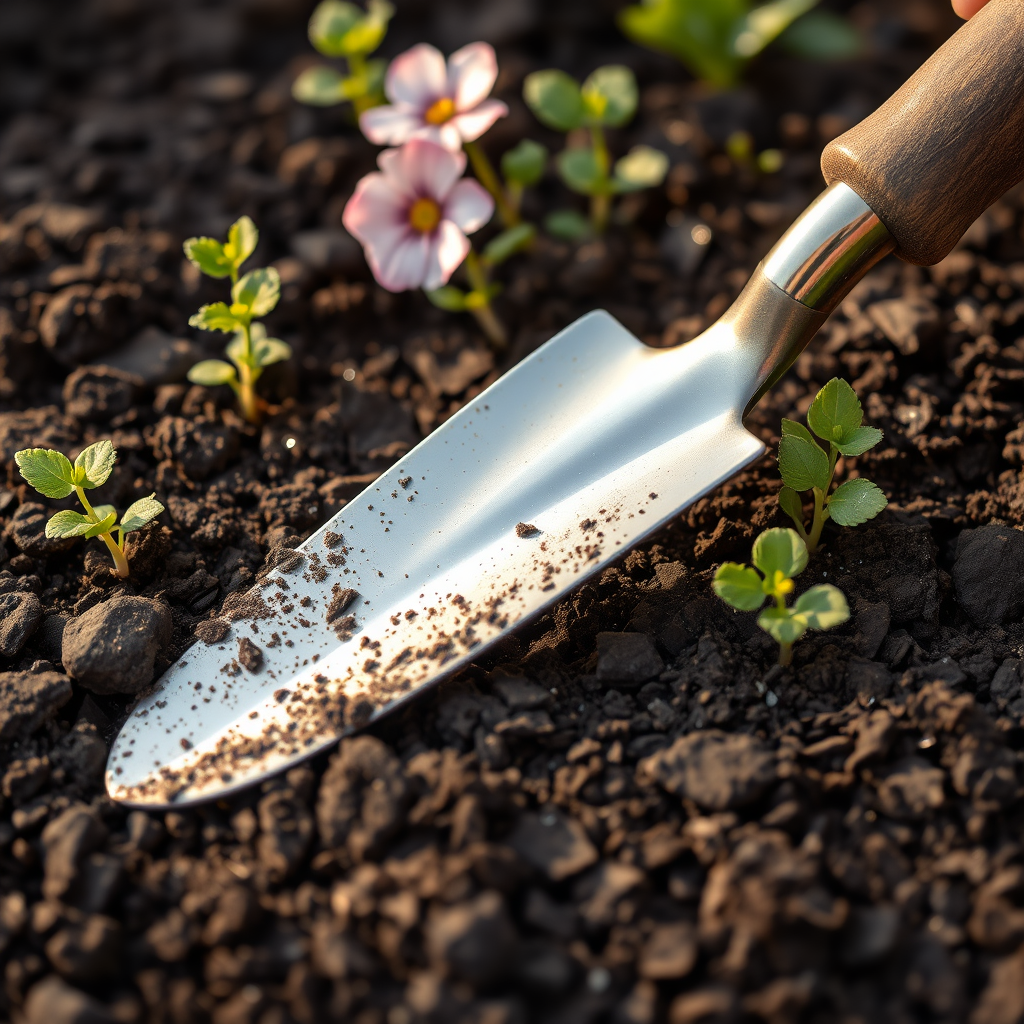
A hand trowel is a small tool with a pointed, scoop-shaped blade. It helps you dig, plant, and weed with ease. This tool is strong yet light, making it perfect for small tasks. With a hand trowel, you can easily move soil and plant seeds. It saves time and effort in your garden.
In your home garden, a hand trowel is great for planting flowers, vegetables, and herbs. You can use it to dig small holes or break up soil clumps. It also works well for transplanting seedlings. This tool can help you get close to your plants without damaging them.
When choosing a hand trowel, look for a sturdy handle. A rubber grip feels nice and helps prevent slipping. Check the blade for quality metal that won’t bend easily. A trowel with measurement marks can help you plant seeds at the right depth. Make sure to pick one that feels comfortable in your hand. This way, you can enjoy your gardening more.
Pruning Shears: Essential for Plant Health
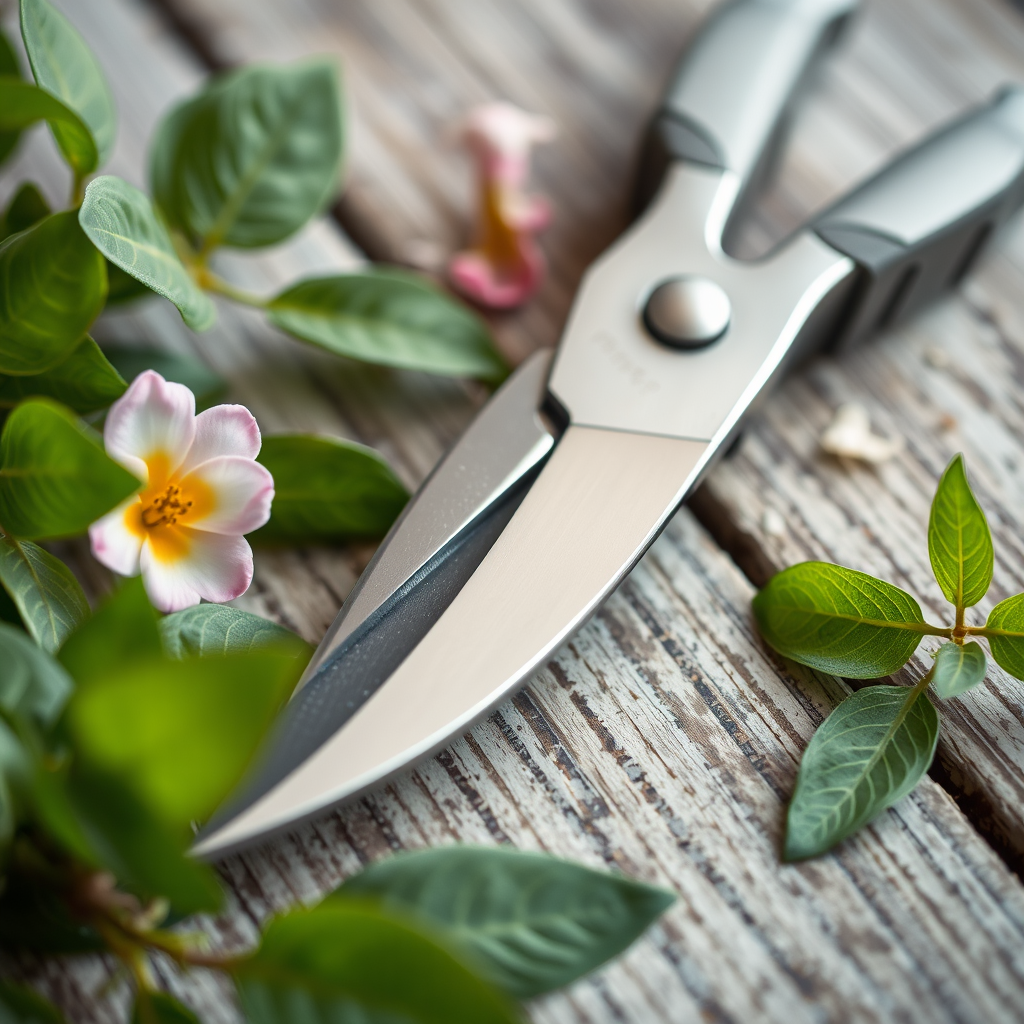
Pruning shears are key for keeping your plants healthy. They help remove dead or sick branches. This lets your plants grow stronger and look nicer.
Overview of Types of Pruning Shears
There are two main types of pruning shears: bypass and anvil. Bypass shears work like scissors. They have two blades that slide past each other. They are best for live plants. Anvil shears have one sharp blade and a flat edge. They crush the stem as they cut. They work well for dead wood.
How to Properly Use Pruning Shears
To use pruning shears, hold them firmly. Start by cutting at a 45-degree angle. This helps the plant heal faster. Always cut just above a bud or branch. This encourages new growth. Avoid cutting too much. A little at a time is best.
Maintenance Tips for Longevity
Keep your pruning shears sharp. A dull blade makes cutting hard. Clean them after each use to avoid rust. Oil the blades every few months. This keeps them working smoothly and lasts longer.
Gardening Gloves: Protect Your Hands

Wearing gloves while gardening is very important. They keep your hands safe from dirt, cuts, and sharp tools. Gloves also protect you from harmful plants. I always wear gloves to avoid skin irritation.
When choosing quality gardening gloves, look for these features:
– Material: Choose gloves made of breathable fabric. This keeps your hands cool.
– Grip: A good grip helps you hold tools better. Look for rubberized palms.
– Fit: Gloves should fit snugly, but not too tight. This allows for easy movement.
– Durability: Check for reinforced seams. Strong gloves last longer.
Some recommended brands include:
– Gardeners Supply Company: They offer a wide range of gloves for all types of gardening.
– Foxgloves: I love their gloves for comfort and style.
– Digz: These gloves are affordable and great for everyday use.
You can find these gloves at local garden centers or online. Investing in good gloves makes gardening more enjoyable and safer.
Garden Fork: Get to the Roots
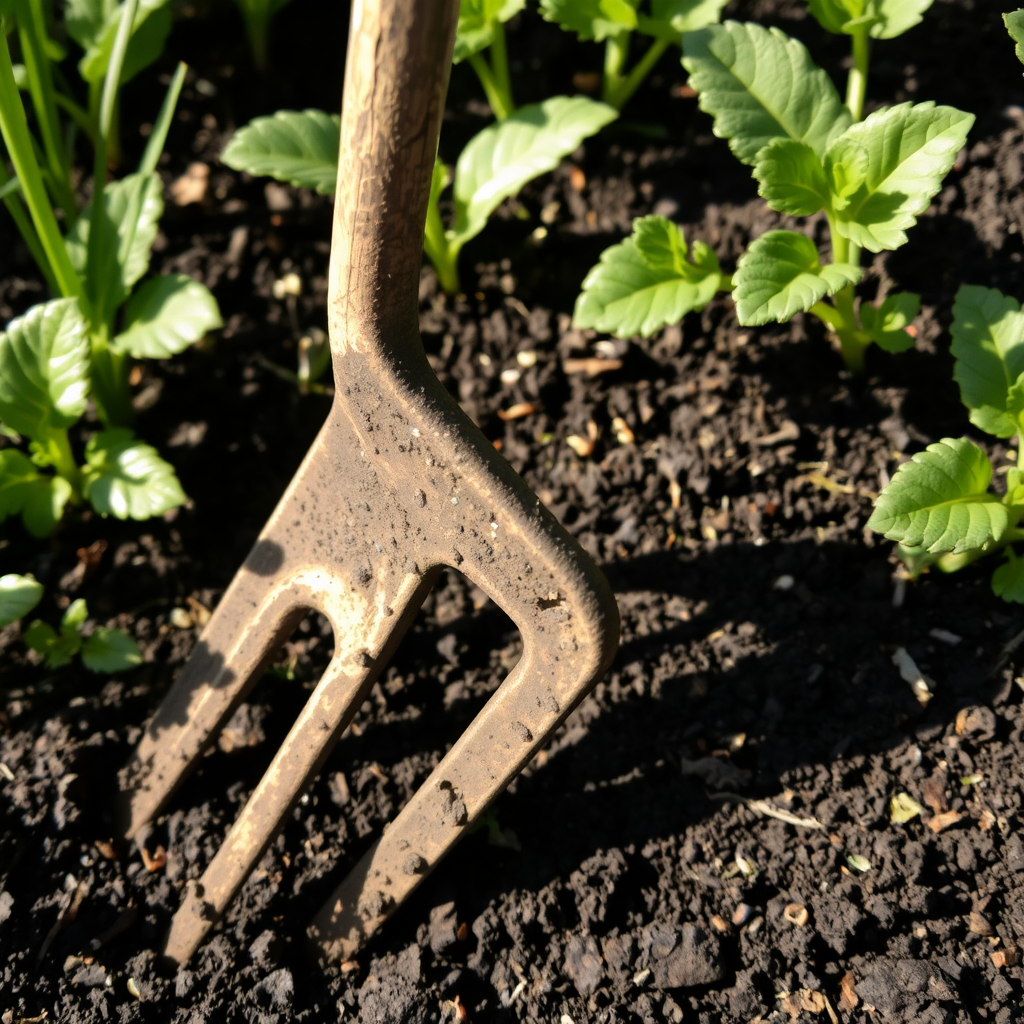
A garden fork is a strong tool with sharp, sturdy tines. You can use it to break up soil, mix in compost, and remove weeds. This tool helps you get to the roots of plants and loosens tough ground.
To use a garden fork, start by standing with your feet shoulder-width apart. Hold the fork with both hands. Push it into the soil using your body weight. Rock the fork back and forth to loosen the dirt. This method makes it easy to dig and aerate the soil.
In my routine, I use a garden fork before planting. It helps me prepare the soil well. I also use it to mix in nutrients and keep the ground healthy. Always clean your fork after use. This keeps it sharp and ready for your next project.
Here are some tips for using a garden fork:
– Use a fork with a long handle for deep soil.
– Choose a fork with strong tines for tough tasks.
– Avoid using too much force to prevent injury.
– Check your fork for damage before each use.
Using a garden fork correctly can make your gardening tasks easier. It is a must-have tool for any DIY gardener.
Rake: Keeping Your Garden Neat

A rake is key for a tidy garden. It helps you gather leaves, break up soil, and spread mulch. There are different types of rakes. Each type has its own job.
Types of Rakes and Their Specific Uses
– Leaf Rake: This rake has wide, flexible tines. It works well for collecting leaves and light debris.
– Garden Rake: This one has shorter, stiffer tines. It helps level soil and break up clumps.
– Landscape Rake: This rake is heavy and wide. It is great for spreading gravel or soil over a large area.
Benefits of Raking in Garden Maintenance
Raking keeps your garden clean and healthy. It removes old leaves that can harm plants. Raking also aerates the soil, making it better for roots. By raking, you help your garden look neat and inviting.
How to Choose the Right Rake for Your Needs
When picking a rake, think about your tasks. If you only need to clear leaves, a leaf rake is best. For soil work, a garden rake will serve you well. Check the handle length too. A longer handle helps reach far areas without bending over. Choose a rake that feels good in your hand. Comfort is key when working in the garden.
Watering Can: Efficient Hydration for Plants
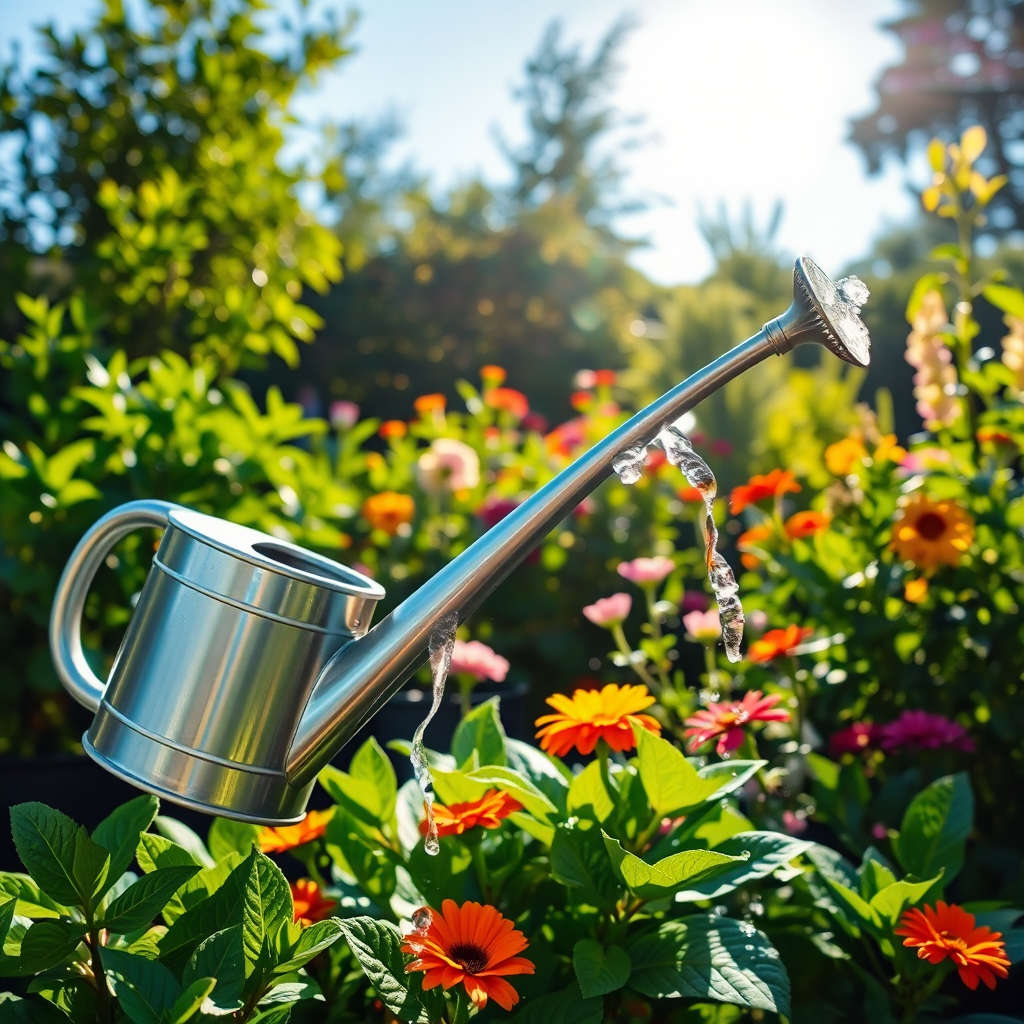
An effective watering can is key for all gardeners. Look for a can with a long spout. This feature helps you reach tough spots. A sturdy handle is also important. You want a can that is easy to carry.
When choosing the right size, think about your garden. A smaller can is great for small areas. A larger can works well for big gardens. Some cans come with a removable spout. This can help with both pouring and storage.
Watering your plants correctly is crucial. Start by checking the soil. If it feels dry, it’s time to water. Pour slowly at the base of each plant. This helps the roots absorb moisture better. Avoid watering leaves, as this can cause disease.
Use the “soak and wait” method. Water deeply and then wait a few days. This encourages strong root growth. Overwatering can drown roots, while underwatering can stress plants.
Keeping these tips in mind will help you choose the best watering can. You’ll ensure your plants get the hydration they need.
Garden Hoe: Essential for Soil Preparation
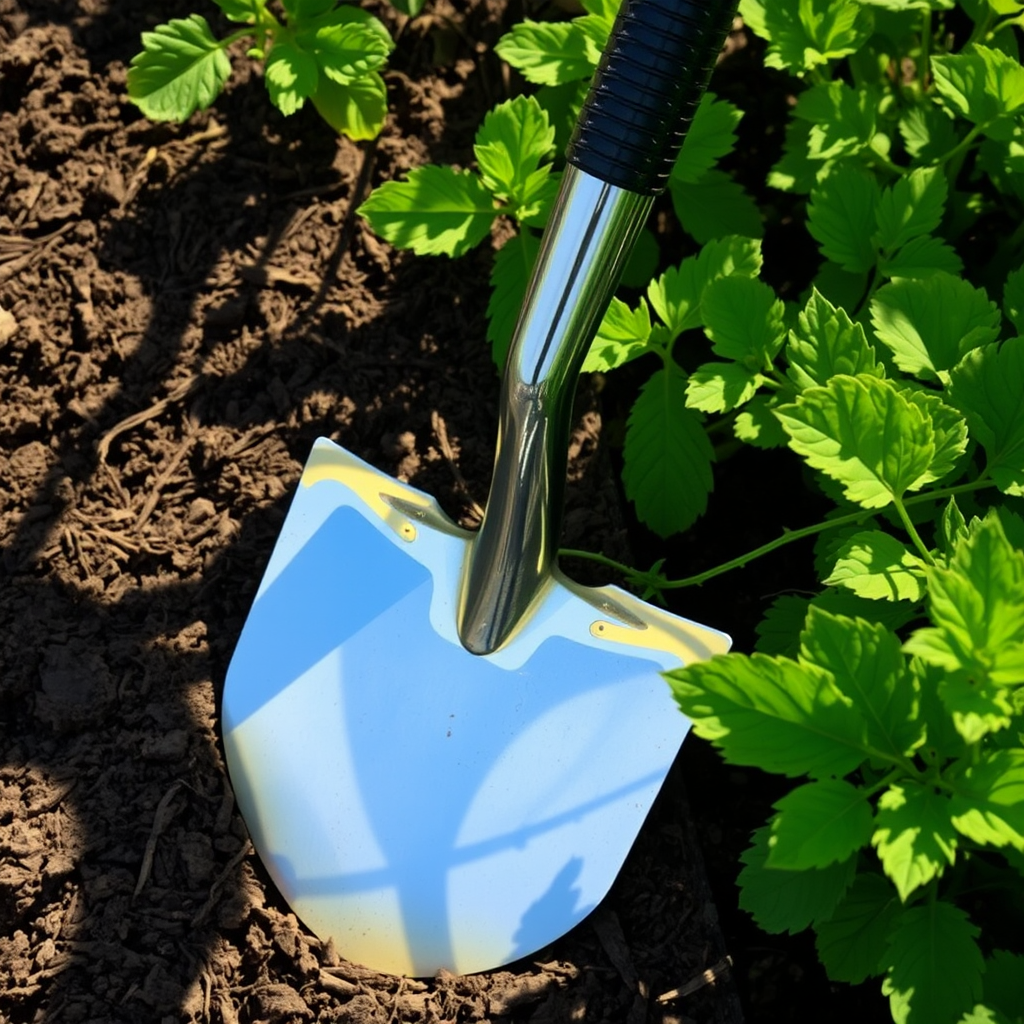
A garden hoe is key for preparing your soil. It helps you break up dirt and move soil around. Different types of hoes serve different needs.
Explanation of Different Types of Hoes
There are several types of hoes. The most common are the draw hoe and the stirring hoe.
– Draw hoe: This has a flat blade. You pull it towards you to cut through soil.
– Stirring hoe: This has a pointed blade. You use it to mix and aerate soil.
Each type fits different tasks. Choose one based on your gardening needs.
How to Use a Garden Hoe Effectively
To use a hoe, stand with feet shoulder-width apart. Hold the handle with both hands. Start at one end of your garden bed. Push the hoe blade into the soil. Pull it towards you to break up clumps.
Use the hoe to create rows for planting. This keeps your seeds organized. It also helps with weed control.
Tips for Maintenance and Care of Your Hoe
Keep your hoe in top shape to last longer. After each use, clean the blade. Remove dirt and mud. Dry it to prevent rust.
Store it in a dry place. Hang it on a wall or keep it in a shed. Regularly check for any damage. If the handle is loose, tighten it. A well-cared-for hoe makes gardening easier and more fun.
Conclusion
Using the right tools makes gardening easier and more enjoyable. A hand trowel helps you dig and plant, while pruning shears keep your plants healthy. Gardening gloves protect your hands from cuts and dirt. A garden fork helps you reach the roots, and rakes keep your space tidy. Watering cans ensure your plants are hydrated, and hoes prepare the soil. By choosing the best tools, you can grow a thriving garden with less effort. Invest in these tools and watch your garden flourish!

